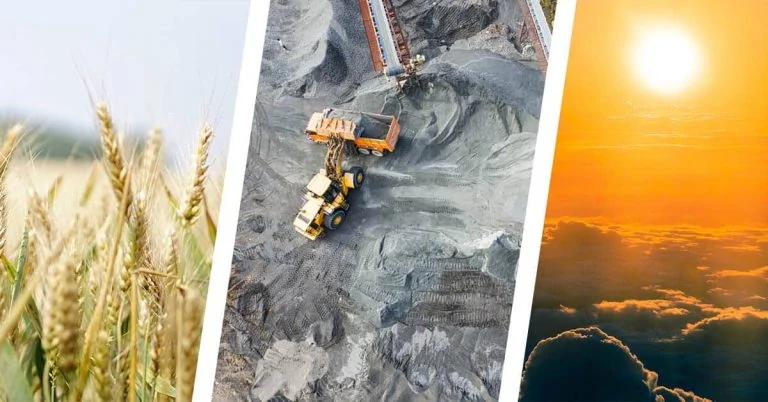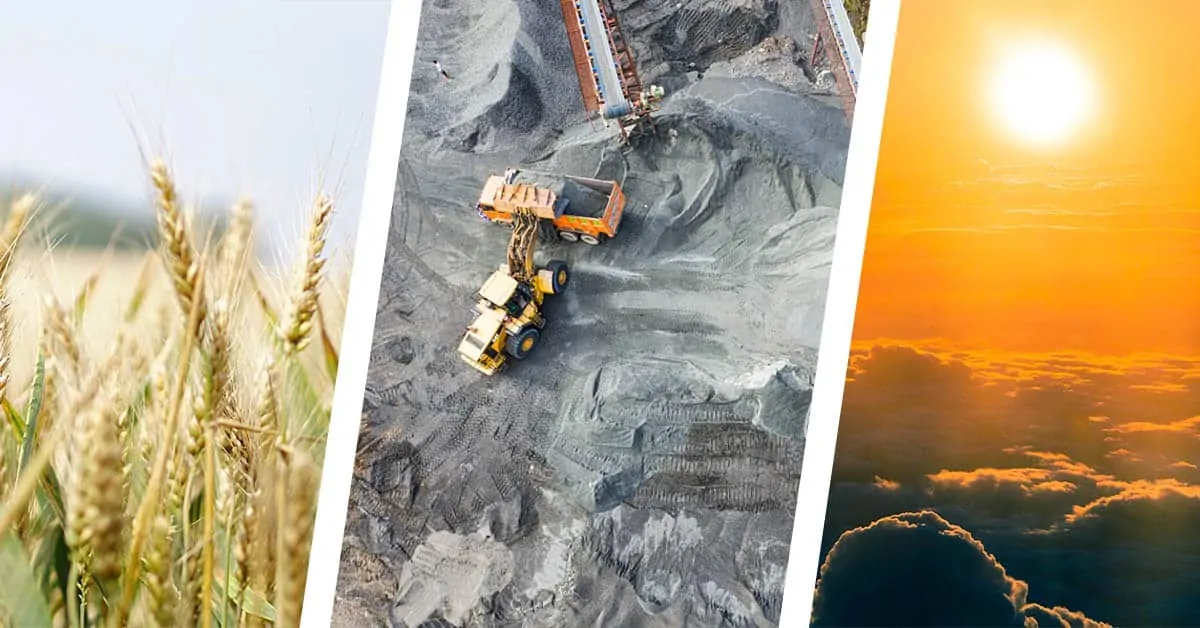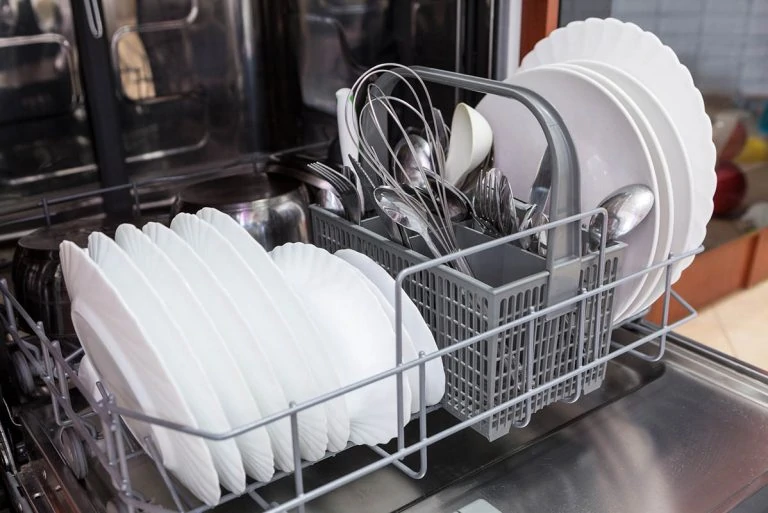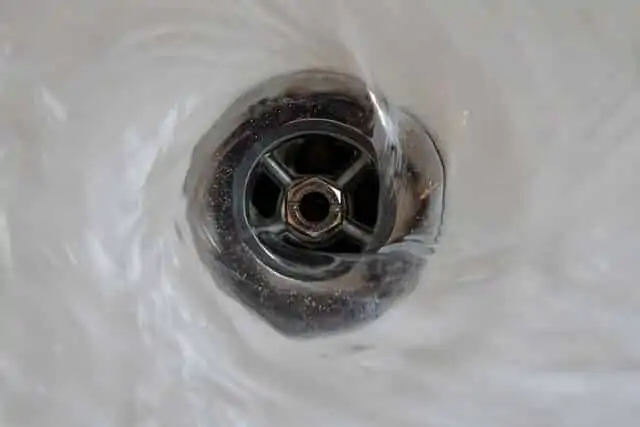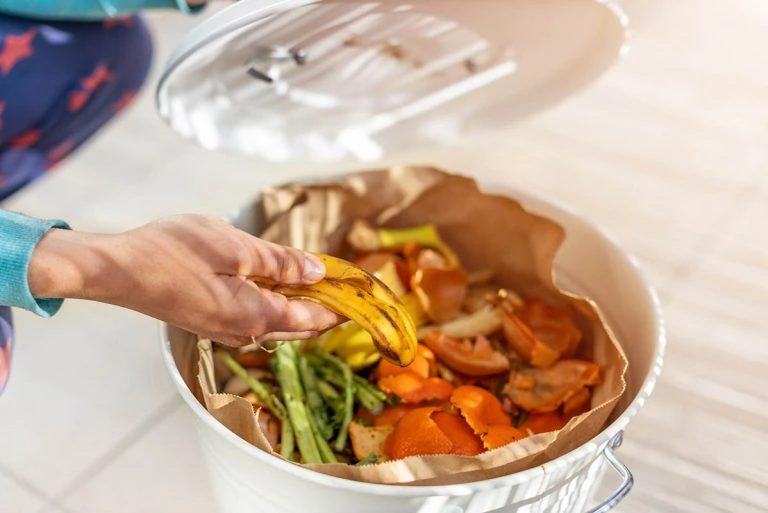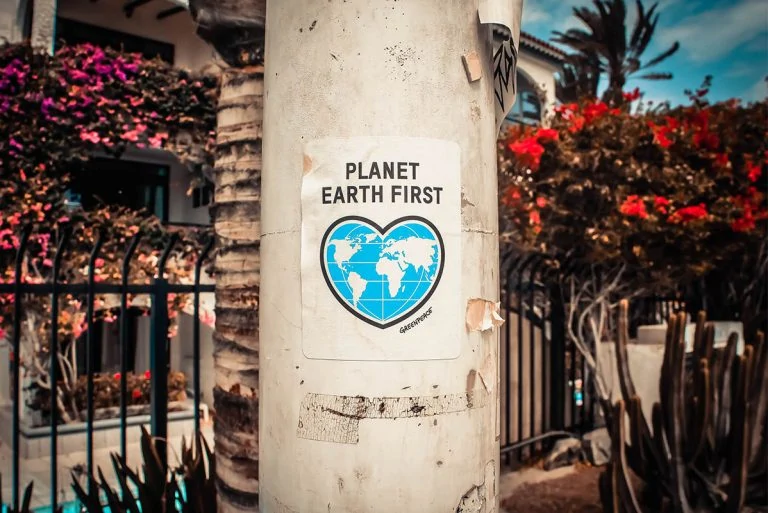Like all living beings, humans depend on certain resources to survive, from the air we breathe to the food we eat and the water we drink. As our societies have become more advanced, we have come to depend on a much wider range of natural resources.
Many of these resources are non-renewable, and our rates of consumption have dramatically increased in recent decades. Not only does this mean that we are at risk of running out of certain resources in the not-so-distant future, but our patterns of consumption have a devastating impact on the environment.
Therefore, it is important to be responsible in the way we use natural resources in our daily lives. To do this, you need to understand the different types of natural resources provided by the planet.
What are the main types of natural resources?
The planet provides a large range of natural resources. It is important to understand the different types of resources in order to protect them.
1. Renewable/inexhaustible natural resources
If you’re on a mission to live a more eco-conscious lifestyle, you’ve no-doubt heard the terms ”renewable” or “renewables” before. In fact, this is one of the buzzwords that is often thrown around these days, whether in regard to renewable energy or something else.
A renewable or inexhaustible natural resource is anything that is available in unlimited supply. This ranges from the air we breathe to water and sunlight – all things that will continue to be available no matter how much we use.
Renewable resources can be split into two categories:
- Organic renewable resources – these come from living things such as plants or animals, like bamboo, corn, wool, and hemp, for example.
- Inorganic renewable resources – these come from non-living sources such as water, sun, and wind.
As consumers, we can choose to buy products made from renewable, natural materials – such as switching to sustainable varieties of the products we use every day.
It is surprising how harmful some of our everyday household items can be to the environment. For example, regular dental floss is made from plastic and comes in a plastic container. Plastics are derived from petroleum, a non-renewable resource.
However – we can choose to make greener purchases, as there are now dental floss products available that are made from renewable materials such as bamboo or silk. We can also choose to power our homes with renewable energy using solar panels and home wind turbines rather than coal-based electricity from the grid.
On the other hand, many renewable resources may be compromised if we do not look after them properly. For example, water and air can be polluted, and we may no longer be able to source certain plants or animals if we contaminate the soil they are grown in with chemical pesticides or destroy their habitats.
This is why it’s important to be aware of the chemicals that may be involved in the production of certain products and look for those that are manufactured in a sustainable way.
2. Non-renewable/exhaustible natural resources
Non-renewable resources, also known as exhaustible natural resources, are those things that are in limited or finite supply. In other words, these are things that are available to us in certain quantities, and once used they will be gone forever.
The non-renewable resources that are most commonly discussed are fossil fuels, such as coal, petroleum, and natural gas.
Fossil fuels come from the fossilized remains of plants and animals that died millions of years ago and over time their remains convert into coal, crude oil, or natural gas. Therefore, they take millions of years to regenerate, so once we’ve used up the earth’s current supplies it will be a very long wait until more become available!

Source: Wikimedia / Peabody Energy
Other examples of non-renewable resources include mineral ores, as well as any plants or animals that cannot be readily replaced. The earth’s mineral resources are currently under threat, with many known ore deposits already depleted.
Additionally, many plants and animals are in danger of extinction or already obsolete. Tragically, nearly 500 species have become extinct just over the last century, and up to one million species are currently under threat of extinction, according to a 2019 report by the United Nations.
Like renewable resources, non-renewable resources can be defined as organic or inorganic:
- Organic non-renewable resources – come from living things, including fossil fuels and certain plants and animals.
- Inorganic non-renewable resources – come from non-living sources, such as minerals, land, soil, and rocks.
The use of non-renewable resources must be monitored carefully in order to ensure they are not drained, as this will mean they are no longer available for future generations. This use has become an area of increasing concern with the explosive growth of the human population.
For a long time it seemed like resources such as fossil fuels and mineral ores were in infinity supply. Indeed, as when there were only a few million people on the planet, we were unlikely to run out of the vast reserves of many resources provided by the earth.
However, with the human population now reaching over seven billion, we have come to realize that many of the things we rely on are in limited supply. What’s more, if we keep using them at our present rate, it won’t be long before we run out.
In fact, according to MAHB, an institute based out of Stanford University, some fossil fuels may run out as soon as 2052. They report that if we keep using these non-renewable resources at our present rate, we can expect coal to be depleted by 2090, gas by 2060, and petroleum/oil by 2052 – just 30 years from now!
This applies not just to the gas we put in our cars but also many other products that are made directly or indirectly from fossil fuels, including plastics and polymers.
Along with plastic pollution, this is one of the biggest reasons why more and more consumers are choosing to buy zero-waste products such as zero waste toothpaste, zero waste deodorant, and even zero waste toilet paper.
How do you know if a resource is renewable?
For a resource to be truly considered renewable, it must be something that can be easily replaced or recovered. Something that can technically be replenished, but will take many years to do so, is considered a non-renewable resource. Examples of these kinds of non-renewable resources include ancient forests and animals at risk of extinction.
Toilet paper is an interesting case in point when it comes to technically replenishable yet non-renewable resources.
Most commercial toilet paper is made from wood pulp that is sourced from old-growth forests. Some people might think this is a renewable natural resource, but given it will take hundreds if not thousands of years to regenerate the forest, can it really be considered as such?
Contrast this with a material like bamboo that is a fast-growing crop. Bamboo can be quickly and easily replenished, not only because of its speedy growth, but also because it regenerates from its own roots.

Source: Wikimedia / Bernard Gagnon
This means that bamboo doesn’t often need to be replanted and needs no fertilizer and little water to grow, making it a not only renewable but very sustainable natural resource.
Another highly sustainable material is hemp, which has a wide range of potential uses. Hemp toilet paper, for instance, is a softer, more durable and eco-friendly option compared to regular toilet tissue.
Organic vs inorganic resources
As we touched on above, you can also define natural resources as organic and non-organic. These days, the term “organic” is often used to refer to something that is naturally produced without chemicals or genetic modification.
However, in a technical sense, organic resources are those materials that come from living things. These resources can be the living things themselves (such as bamboo), their by-products (such as wool), or their fossilized remains (such as coal and petroleum).
On the other hand, non-organic resources come from non-living beings and include materials that you may not think of as resources, but that can be useful for generating energy, for example. Common non-organic resources are water, wind, sunlight, minerals, and soil.
Both types of resources can be renewable and non-renewable.
Soil is an interesting case because it is an inorganic and non-renewable resource, but it is vital for the growth of organic resources. We need clean, uncontaminated soil to grow plants, which are organic resources themselves, and also provide essential feed for animals that are also organic resources.
It is important to remember that just because something is organic, this doesn’t necessarily make it renewable. Although many plant and animal products can be easily replaced and are therefore considered renewable, others such as fossil fuels and old growth forests cannot.
Metallic and non-metallic resources
Inorganic resources can also be classified as metallic or non-metallic.
- As the name suggests, metallic resources are those that contain metals, such as iron, gold, copper, and tin. These are harder and shinier than non-metallic materials and can be melted to create different products.
- Non-metallic materials do not contain any metallic elements, such as clay and coal. These materials are generally softer and lack the lustre of metals.
Key Takeaways
In order to save enough resources for future generations, it is critical that the human race reduces our dependence on non-renewable resources, and quickly moves towards renewable ones.
As consumers, this means considering the products we buy and whether they are made with renewable or non-renewable resources. This is especially true of the products we use every day, such as deodorant, toothpaste, baby diapers and toilet paper.
If you’d like your friends and family to learn more about our precious natural resources, why not share this article with them?
